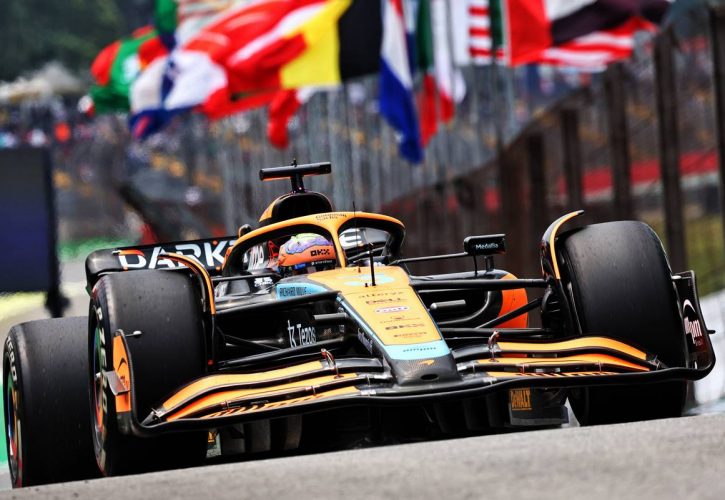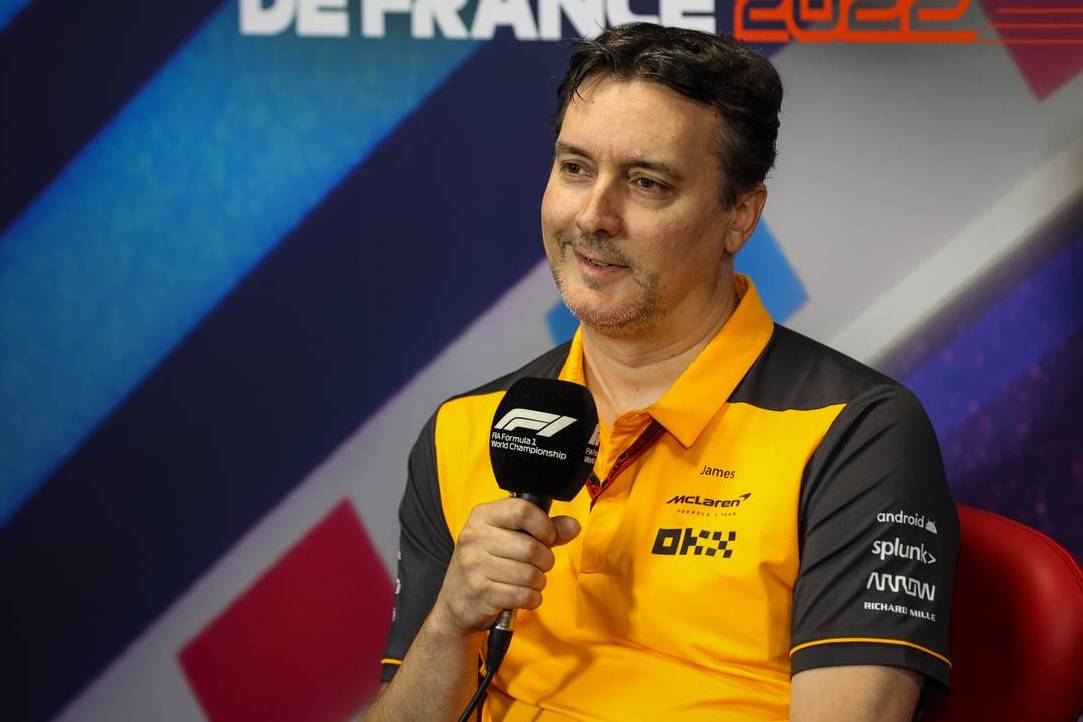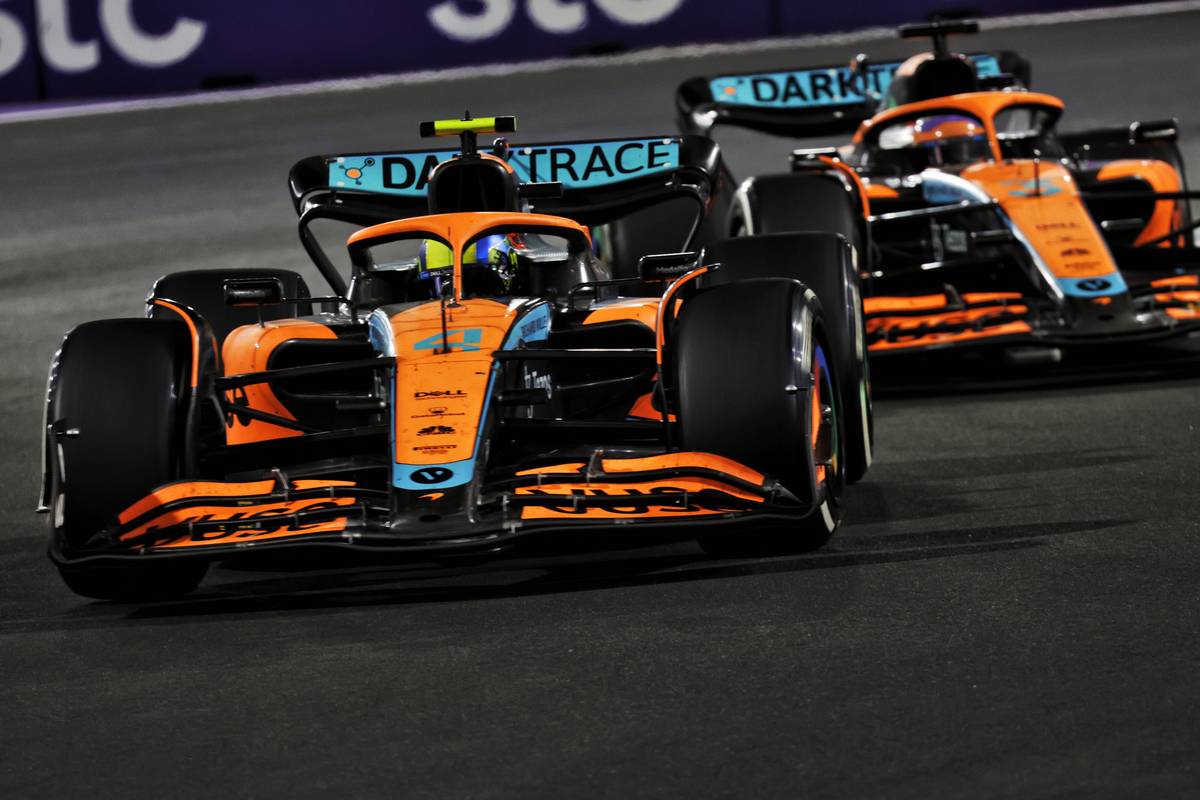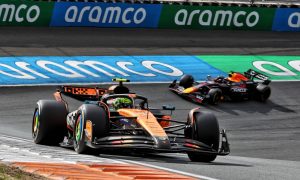
McLaren technical director James Key admits he's surprised that Formula 1 didn't anticipate the problems with 'porpoising' that dominated the start of last season.
The introduction of new technical rules and regulations, including the return of ground force aerodynamics, led to the return of the phenomenon not seen in the sport since the 1980s.
Uneven track surfaces caused the underfloor's 'seal' with the ground to be broken intermittently while running on high speed straights, meaning the car momentarily popped up and lost grip, affecting overall speed and handling.
In the past, this effect would have been countered by active suspension dynamically changing the car's ride height, but that's no longer allowed by the rules.
Mercedes was particularly badly affected by porpoising, while Red Bull was largely unaffected - perhaps thanks to the knowledge and experience of Adrian Newey, who was working in the sport during the original ground effect era.
Formula 1's chief technical officer Pat Symonds admitted that porpoising had never been on their radar in the run-up to 2022, while director of motorsports Ross Brawn said he was surprised teams hadn't foreseen the problem in pre-season wind tunnel tests.

Key said that Formula 1 should have anticipated the problem when it was devising the new regulations, but admitted that it has been one of two crucial aspects of the rule changes that teams had failed to anticipate.
“I guess the two things which were less obvious to us, one, was the porpoising, which we all missed," he said, as reported by PlanetF1.com this week.
“If we were old enough to be about in the ’80s and remember the last time it was the problem in the ’70s, we probably would’ve been a little bit more wise to it.
“But actually we all missed, let’s say, the potential for that to be as severe as it was at the beginning of the season," he acknowledged. "It tended to take up more time than was expected to solve."
While most teams did successfully tackle porpoising, the FIA is introducing further changes for 2023 to help safeguard the health of drivers from excessive bouncing.
The other thing that Key singled out as a surprise in 2022 was how the 'tow' had been marginalised. That's where a driver moves into the slipstream of the car ahead and gets pulled down the straight, helping with overtaking.
But the new rules designed to reduce the 'dirty air' turbulence thrown up by a leading car made a big difference to that approach.

“The slipstreaming effect we used to have was obviously part of overtaking and we lost that,” he said. “Whilst we gained some following through corners and maybe made it slightly easier at wind-y tracks, that effect is definitely less powerful.
“I don’t know how you correct that and destroy the other thing, to be honest with you. It’s quite tricky. I guess we lost something in that.”
But while not all had gone according to plan last season, Key gave a general thumbs up to the work that Formula 1 and the FIA had done in developing the new rules and regulations.
“We definitely had races where teams could follow at tracks where it was difficult before,” he said.
“We saw a lot more overtaking than we expected - at the Hungaroring for example, and at some other circuits where it had traditionally been difficult.
“The drivers all commented on the fact that it’s easier to follow, so definitely that objective worked.
“You’ve got to hand it to the FIA for putting that initiative together, pioneering a lot of the early research, and engaging with the teams very proactively.”
Gallery: The beautiful wives and girlfriends of F1 drivers
Keep up to date with all the F1 news via Facebook and Twitter






